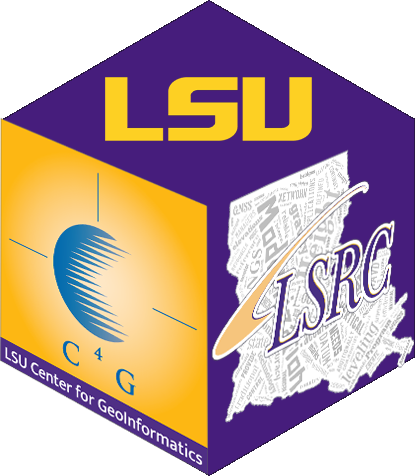WHAT DO YOU MEAN BY VRS, PPP, AND NSB?
VRS is a type of network RTK (NRTK) processor that uses data from multiple stations surrounding the area you are working and creates corrections modeled for your location to send corrections as if you have a base right next to you with a near-zero baseline length.
PPP mountpoints use a different type of network processor called RTXNet that delivers the next generation of real-time GNSS network modeling and makes it possible to take full use of all available GNSS signals, i.e. - GPS, GLONASS, Galileo, Beidou and QZSS. Rovers wishing to take advantage of these additional Satellite Vehicles (SV) must connect to a PPP mountpoint that delivers corrections in CMRx or RTCM 3.2 with Multi-Signal Message (MSM) format. Rovers connected to PPP mountpoints are sent corrections based on advanced Precise Point Positioning (PPP) processing algorithms to combine RTX corrections with local measurements and produce cm-level accurate absolute positions.
NSB or Nearest Single Base is where differential-style corrections are from one individual station. In C4Gnet.XYZ NSB mountpoints the rover is connected to a single base that is closest to where they are working. One drawback of single base is that results degrade over distance, typically increasing greatly at distances of 10km or more. The rover must monitor how far away they are from the base station they are using to mitigate the amount of error in the data they collect. Real-time networks globally found that network-based RTK allowed for much greater station spacing; it would be impractical to be able to afford to build a network with 10km spacing. However, VRS and PPP can be spaced at 30km-70km (depending on local conditions), which was the original impetus behind developing network corrections and Real-Time Networks.
No questions yet.
